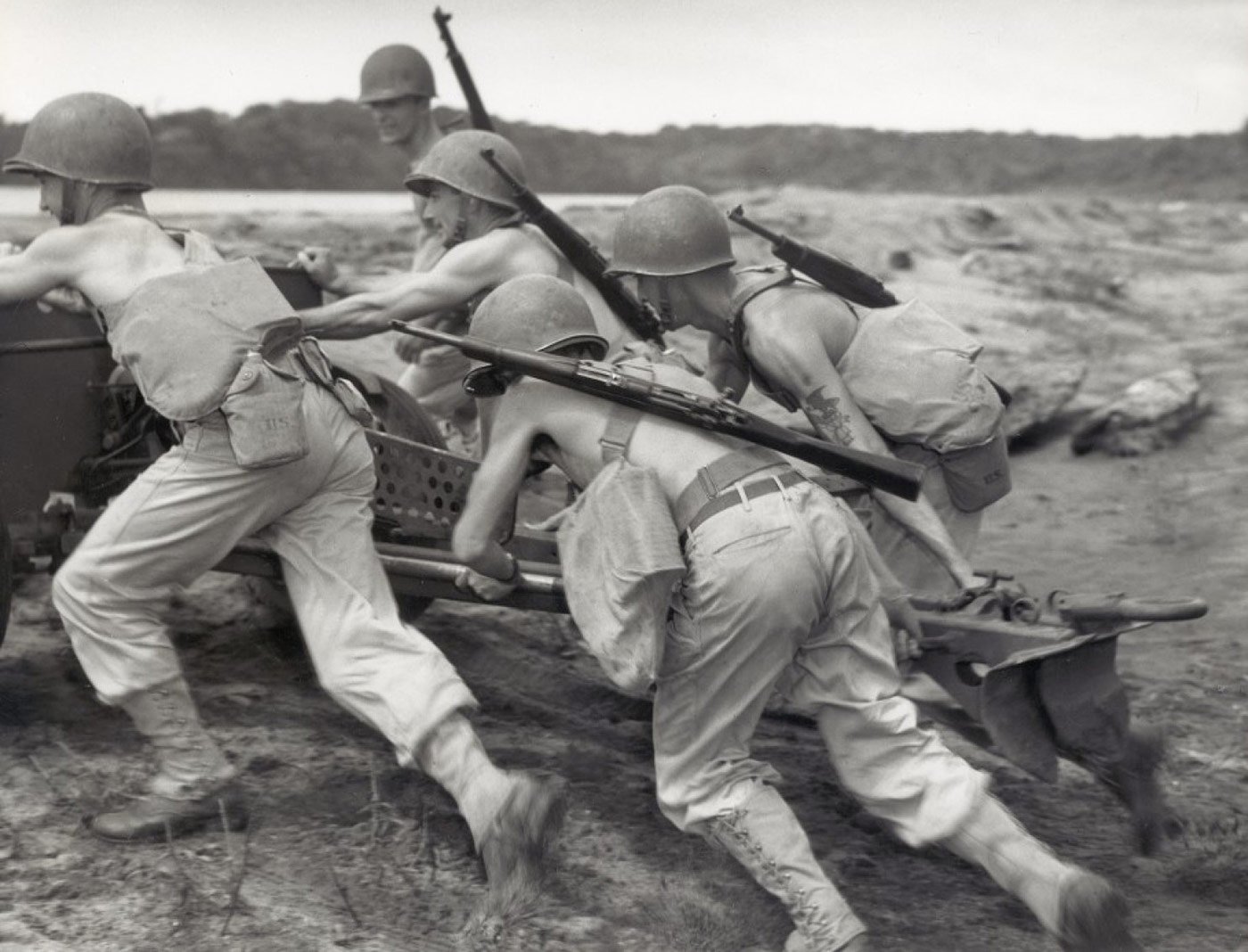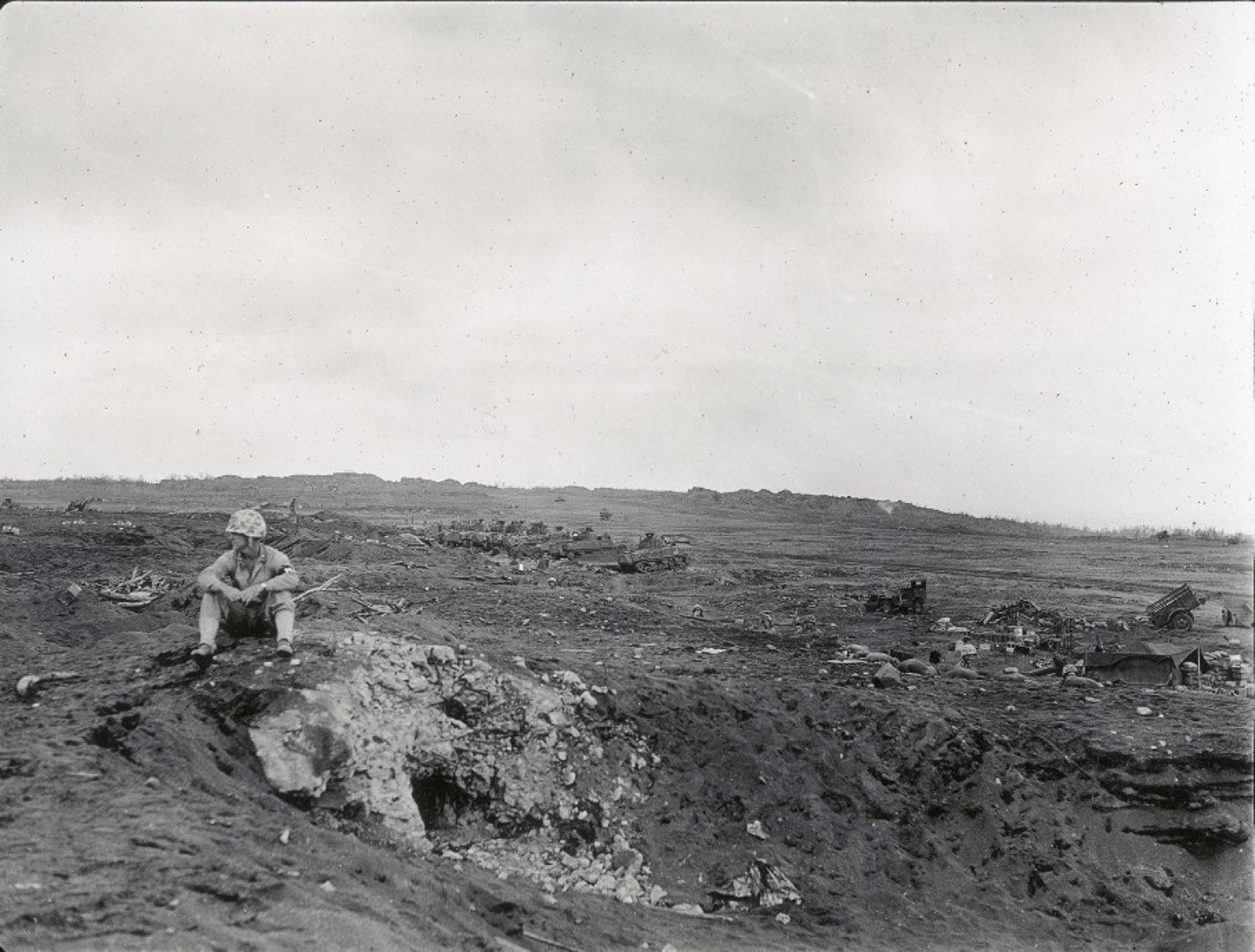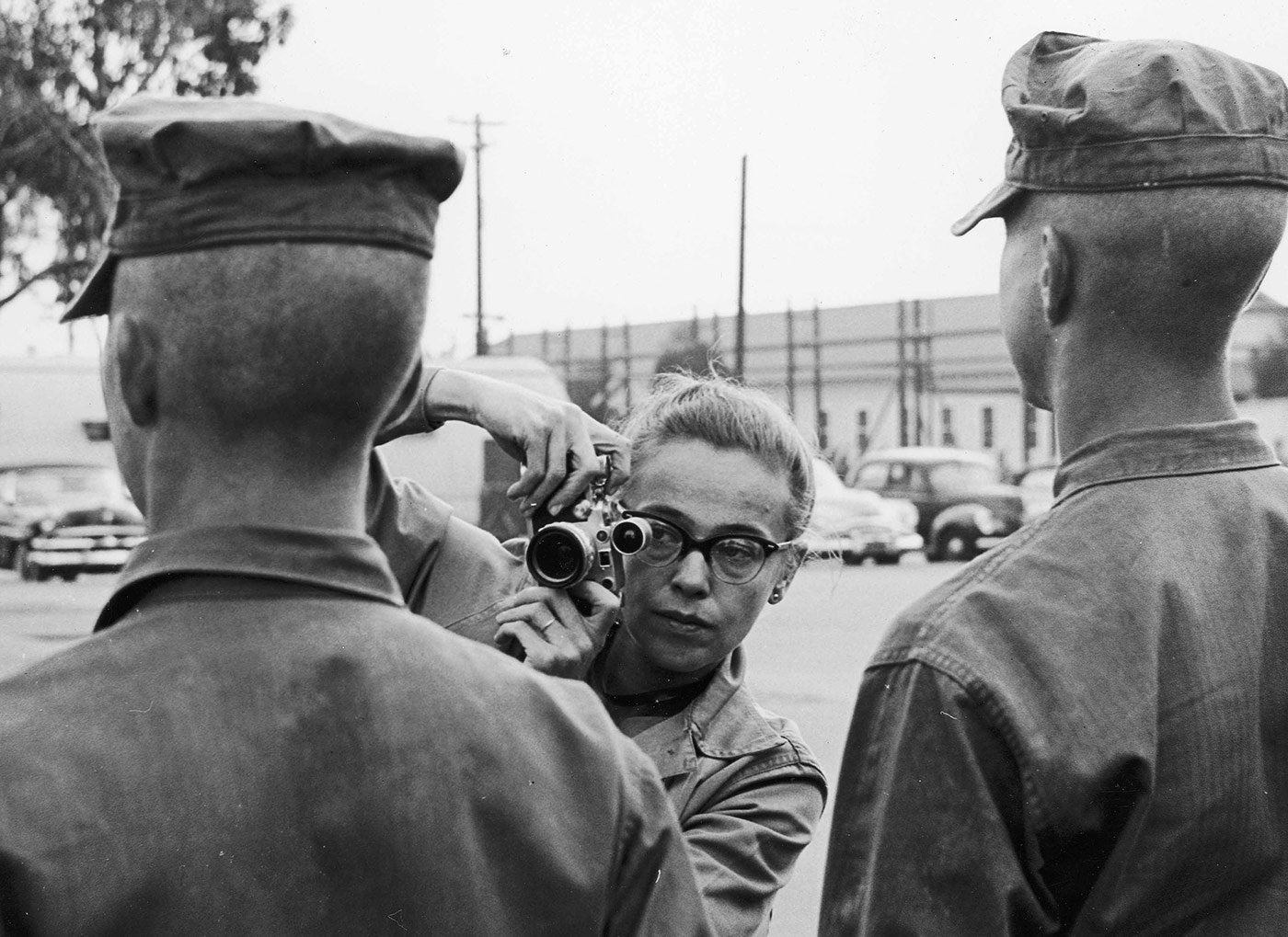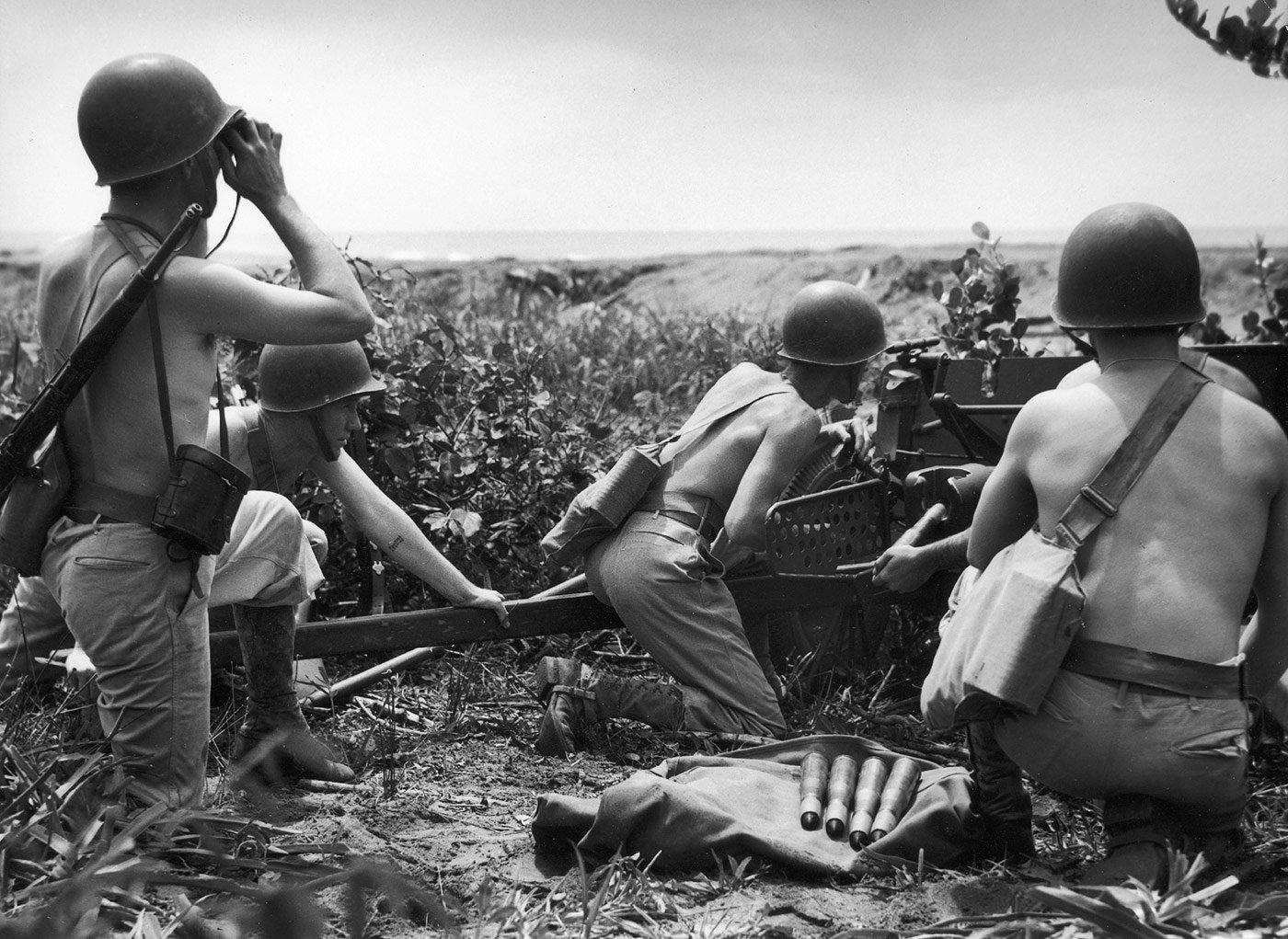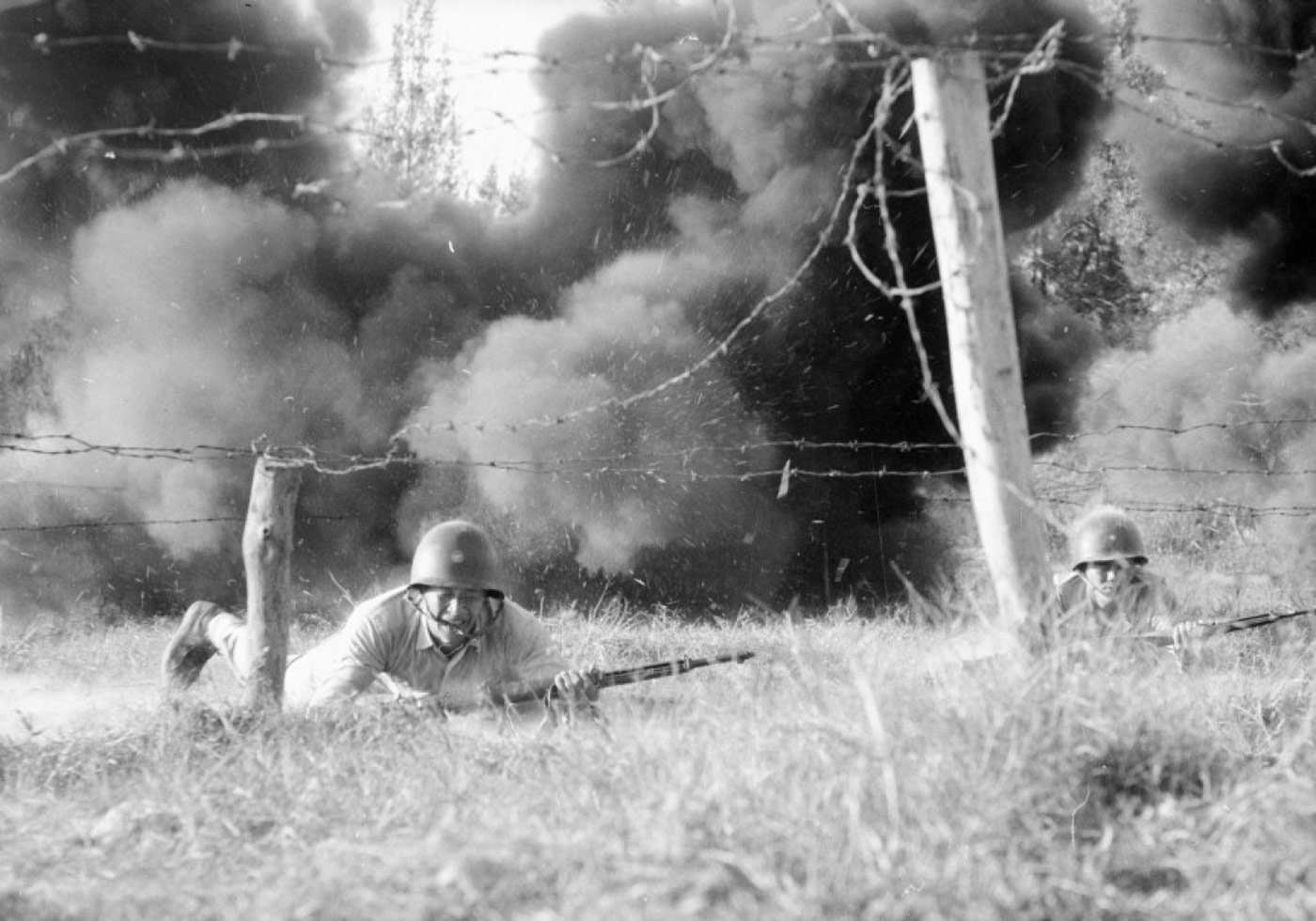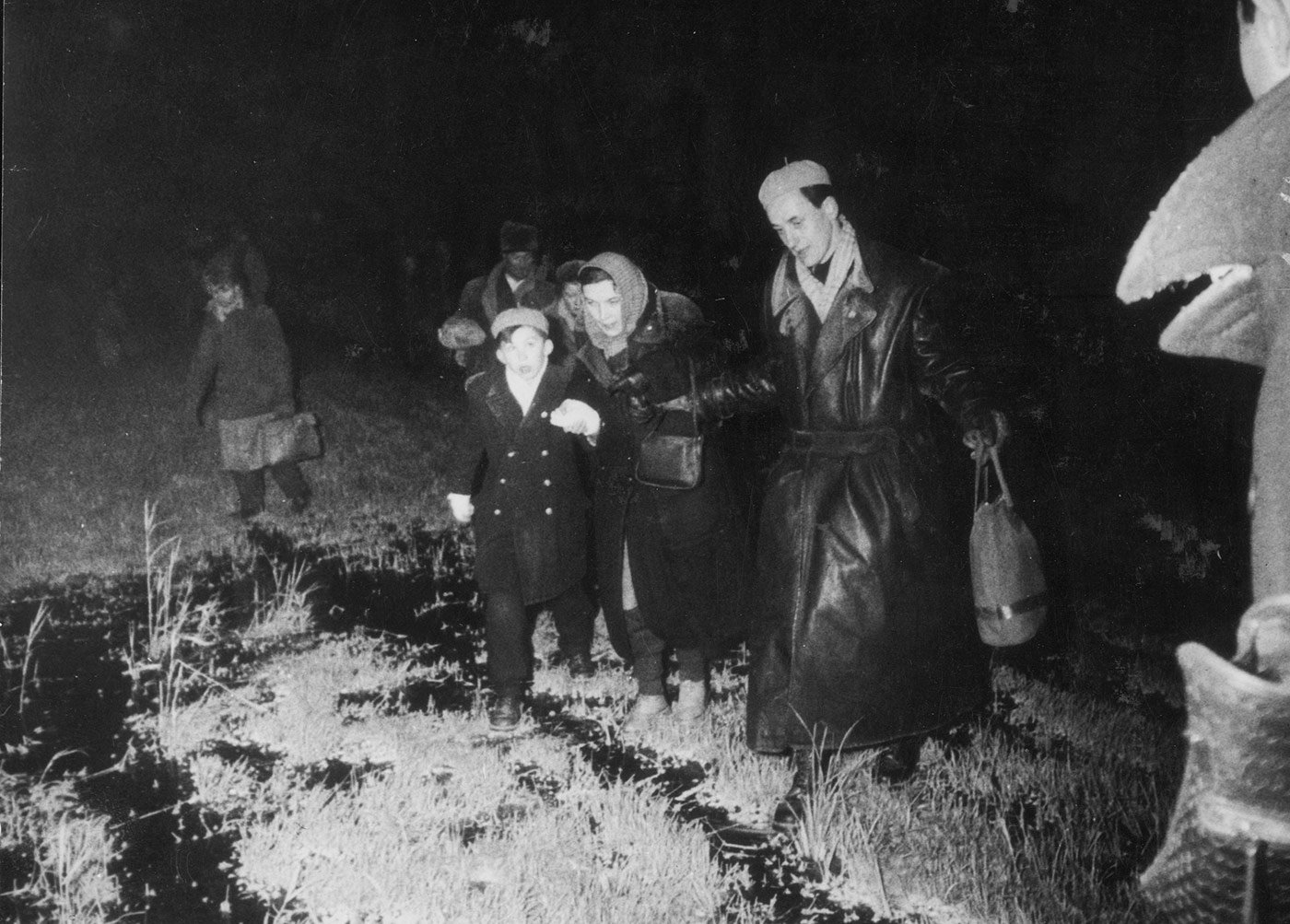Few people today may know the name Dickey Chapelle, but during her decades as a war correspondent she braved dangers most men wouldn’t dare face and helped redefine what society knew women to be capable of. From covering campaigns in WWII until her tragic death during the height of the Vietnam War, Georgette “Dickey” Chapelle never shied away from covering the front lines, and left behind a legacy of powerful photographs; a testament of some of the most important decades in American history. In the new book Dickey Chapelle Under Fire: Photographs by the First American Female War Correspondent Killed in Action, author John Garofalo has brought Chapelle’s work to a new generation in a beautifully presented collection.
The book follows Chapelle’s incredible life as a journalist; from her start covering combat training, to her coverage of WWII and particularly the Battle of Iwo Jima, to her efforts to smuggle penicillin…
The book follows Chapelle’s incredible life as a journalist; from her start covering combat training, to her coverage of WWII and particularly the Battle of Iwo Jima, to her efforts to smuggle penicillin to those fleeing the Hungarian uprising (which led her to spend two months in a Hungarian prison), to her coverage of the Cuban revolution and finally her fateful time in Vietnam, when a tripped mine by another soldier would fling the piece of shrapnel that took her life. Throughout her globe-spanning lifetime, she found acclaim despite the efforts of her peers to dismiss her contributions simply on the grounds of her gender, and despite being paid significantly less than her male counterparts and having to fight tooth and nail to get her shot at major events, she secured the National Press Photographers Association’s Photograph of the Year in 1963. Garofalo, himself a veteran and a commander in the US Coast Guard Reserve, felt compelled to document her contributions; “she was not only a skilled, dedicated newspaperwoman, but she was an exemplary patriot whose great love for her country was an inspiration to all who knew her and worked with her.” But the pictures are worth a thousand words, as her photographs still resonate today with their stark depictions of mean and women caught in the crossfire of global power struggles. And thanks to brave souls like Dickey Chapelle’s, these moments were thoughtfully captured for future generations to reflect on, presented in a format that does little to diminish their impact. For all who appreciate those that work towards a world without the need for war, Dickey Chapelle Under Fire is a must-read. Buy here.



